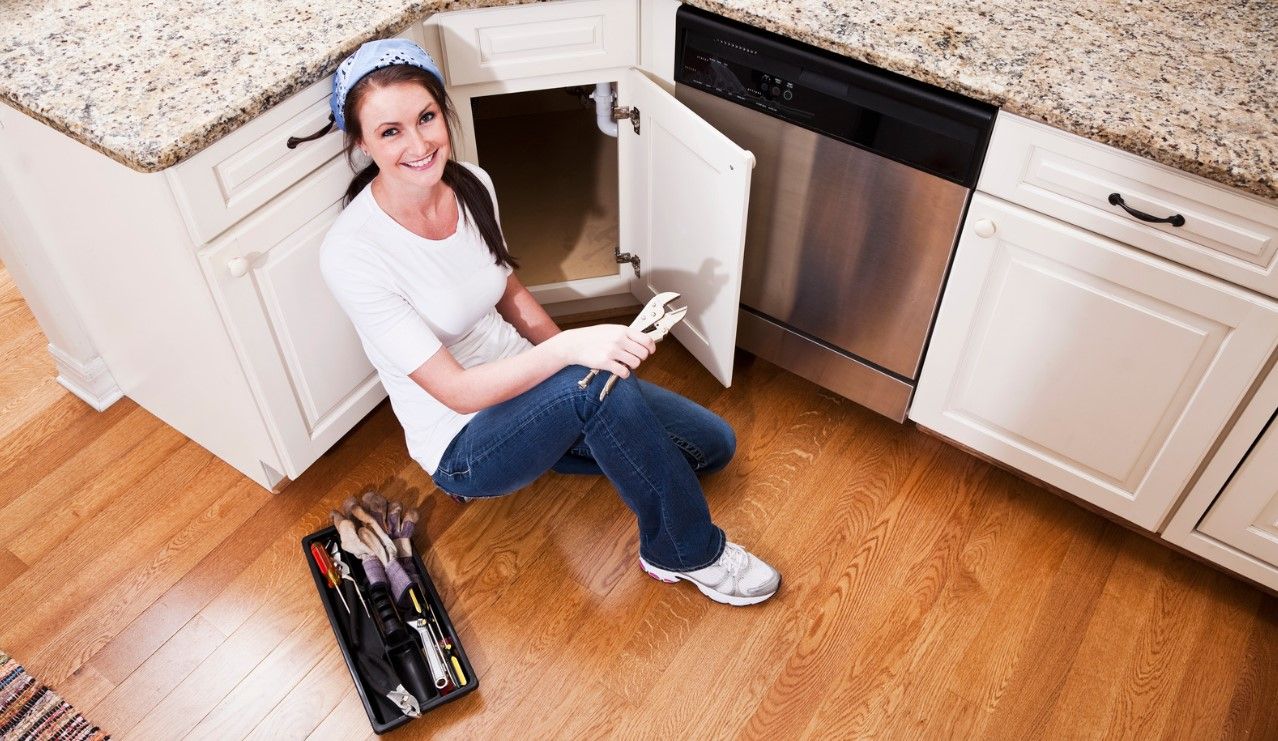What Rising Insurance Costs Mean for Home Values
In recent years, homeowners across the U.S. have been facing a growing concern: rising insurance premiums.

Owning a home is a significant investment, and like any valuable asset, it requires regular care and maintenance to ensure it stands the test of time. A well-maintained home not only enhances its curb appeal but also prevents costly repairs down the line. In this guide, we'll explore the importance of proper home upkeep and provide a step-by-step approach to creating a comprehensive maintenance schedule.
The Benefits of Regular Home Upkeep
Proactive home maintenance offers a plethora of benefits. It helps identify and address minor issues before they escalate into major, expensive problems. Regular maintenance also prolongs the lifespan of various components, saving you money in the long run. Moreover, a well-maintained home retains its value and often appreciates over time.
Creating an Annual Maintenance Calendar
Assessing Seasonal Needs
Different seasons bring unique challenges for homeowners. In spring, focus on tasks like inspecting the roof and cleaning gutters. Summer is ideal for landscaping and outdoor maintenance. Fall requires attention to heating systems and preparing for winter. Winter maintenance includes snow removal and ensuring your heating system is in top shape.
Monthly Checklists
Breaking down maintenance tasks on a monthly basis allows for a systematic approach. For example, in January, focus on organizing and decluttering. February may involve checking for leaks and inspecting insulation. By dividing tasks into manageable chunks, you'll maintain a well-kept home without feeling overwhelmed.
Critical Areas of Home Maintenance
Exterior Maintenance
a. Roof and Gutters: Regular inspections and cleanings prevent water damage and extend the lifespan of your roof.
b. Siding and Paint: Touch-ups and repairs protect against weathering and ensure your home's exterior looks its best.
c. Landscaping: Prune trees and shrubs, fertilize, and maintain your lawn to enhance curb appeal.
Interior Maintenance
a. HVAC Systems: Regular servicing and filter replacements improve efficiency and air quality.
b. Plumbing: Check for leaks, repair or replace faulty fixtures, and insulate pipes to prevent freezing.
c. Electrical: Inspect outlets, switches, and wiring for any signs of wear or hazards.
d. Appliances: Clean and perform routine maintenance on appliances to prolong their lifespan and efficiency.
Adapting Your Schedule to Your Home's Unique Needs
Every home is different, and factors like location, age, and specific features can influence your maintenance needs. Consider these factors when creating your schedule, and be prepared to adjust as necessary.
Utilizing Technology to Stay on Track
In today's digital age, there are various apps and tools available to help you organize and track your home maintenance tasks. Set reminders for specific dates, receive notifications for upcoming tasks, and keep all relevant information in one convenient place. Try HomeZadda or HouseHappy as a good starting point.
Investing in the Longevity of Your Home
A well-maintained home is a source of pride and a sound financial investment. By creating a detailed maintenance schedule tailored to your home's unique needs, you'll ensure it remains a safe, comfortable, and valuable asset for years to come. Remember, proactive care today can prevent costly repairs tomorrow.